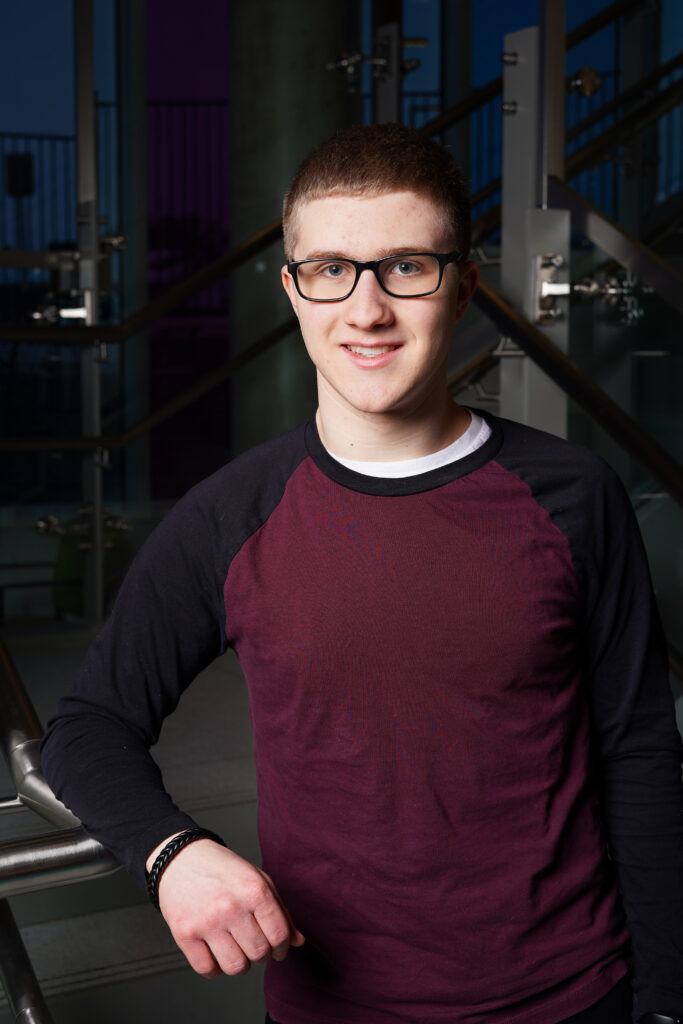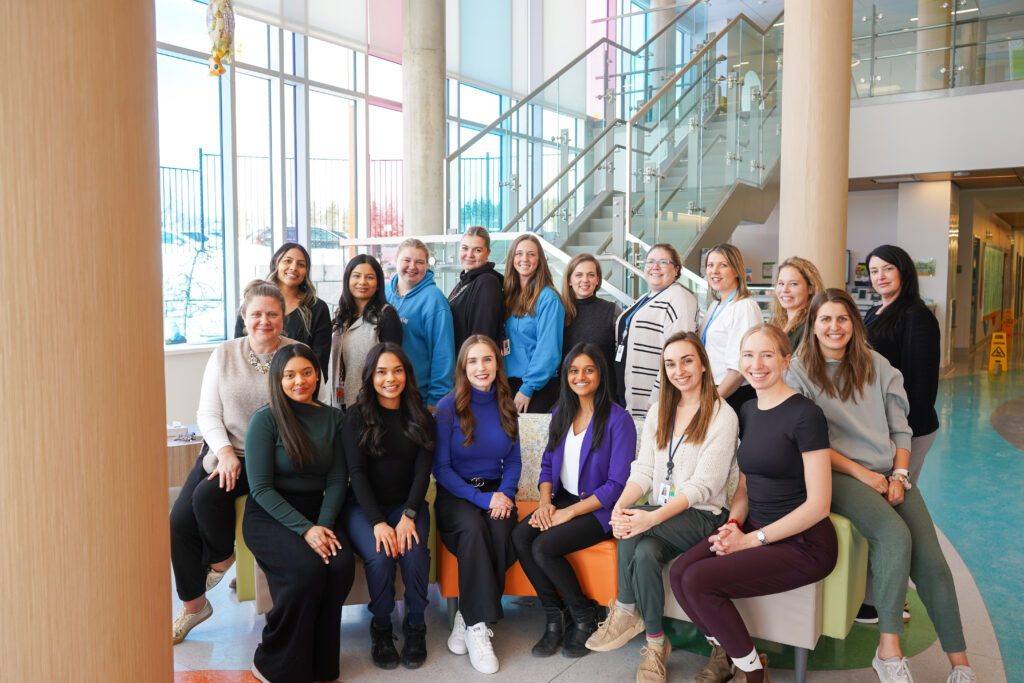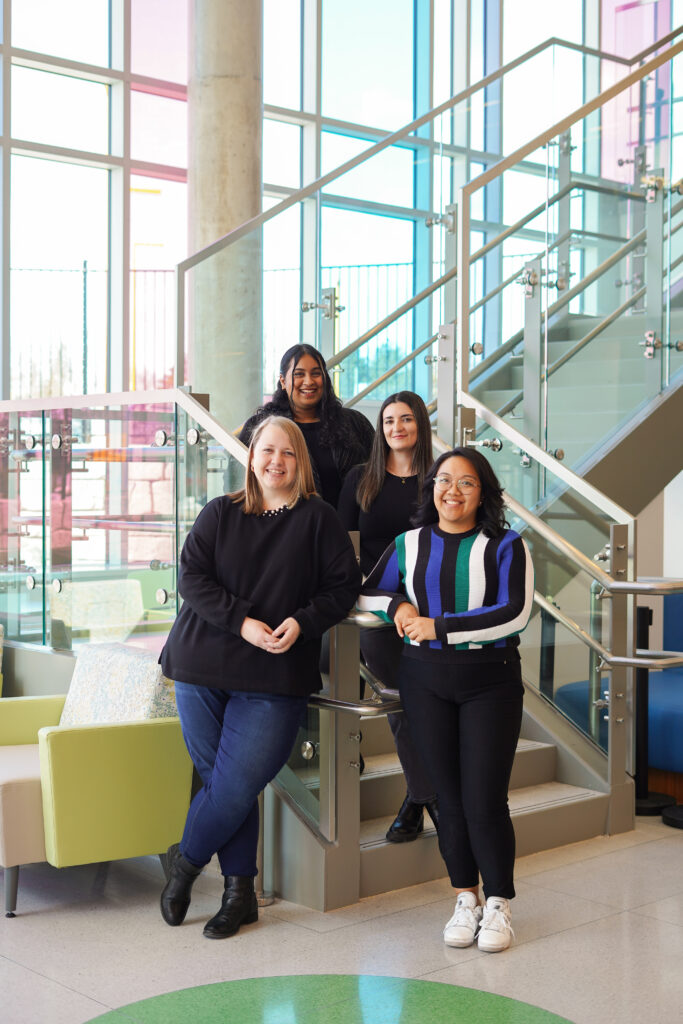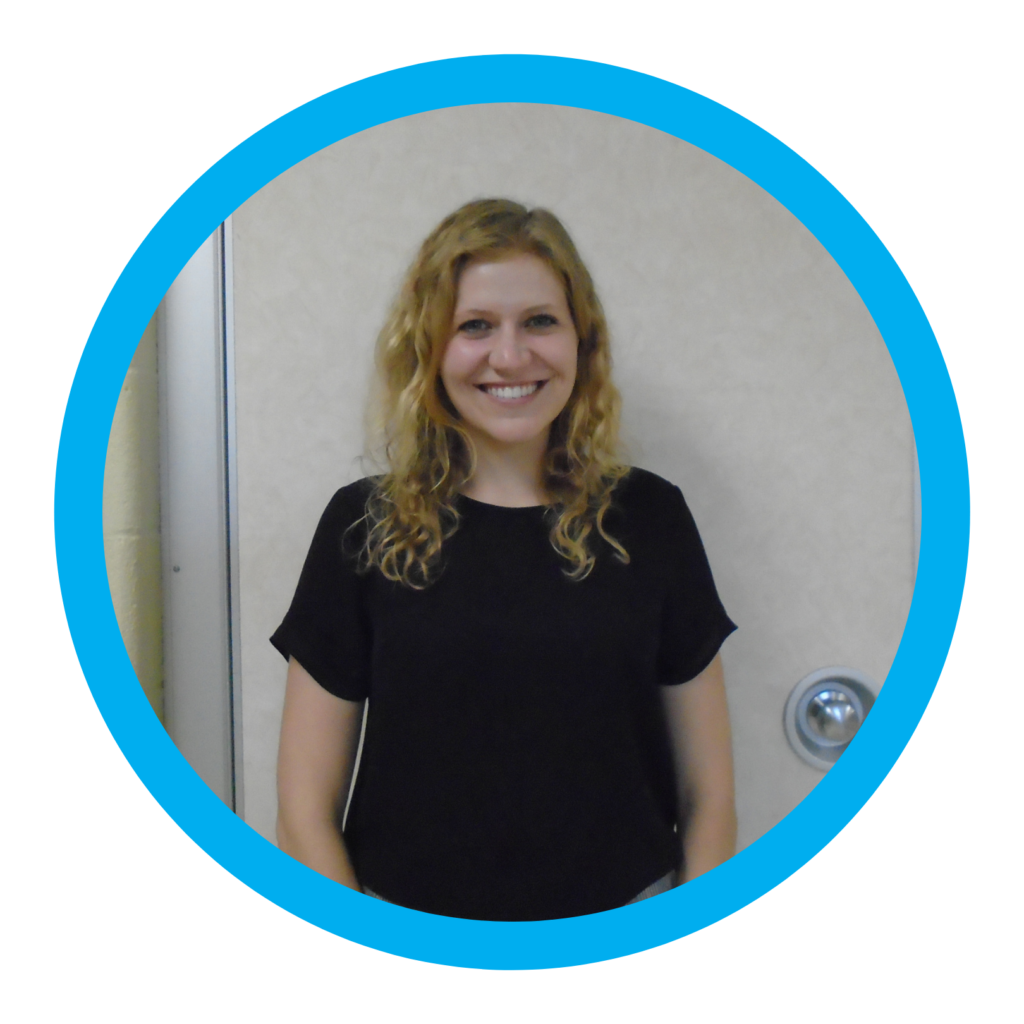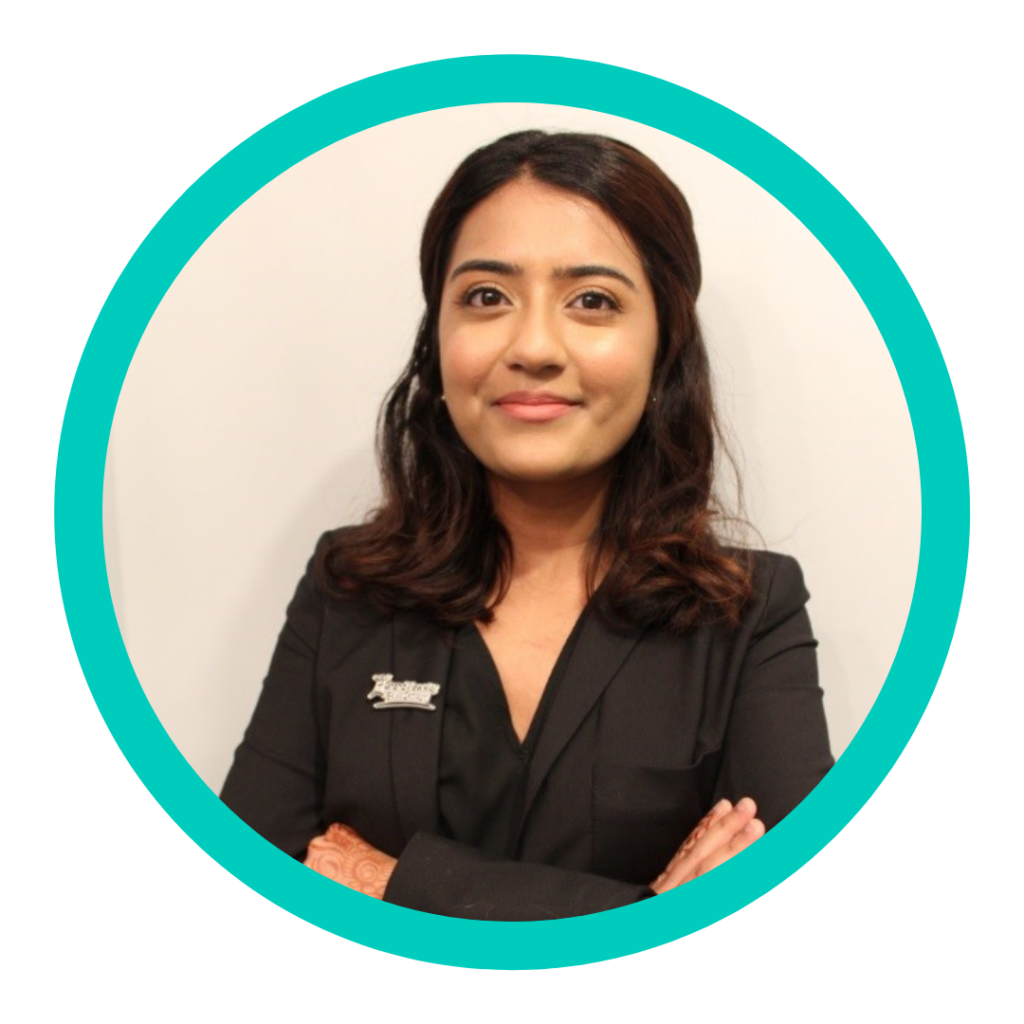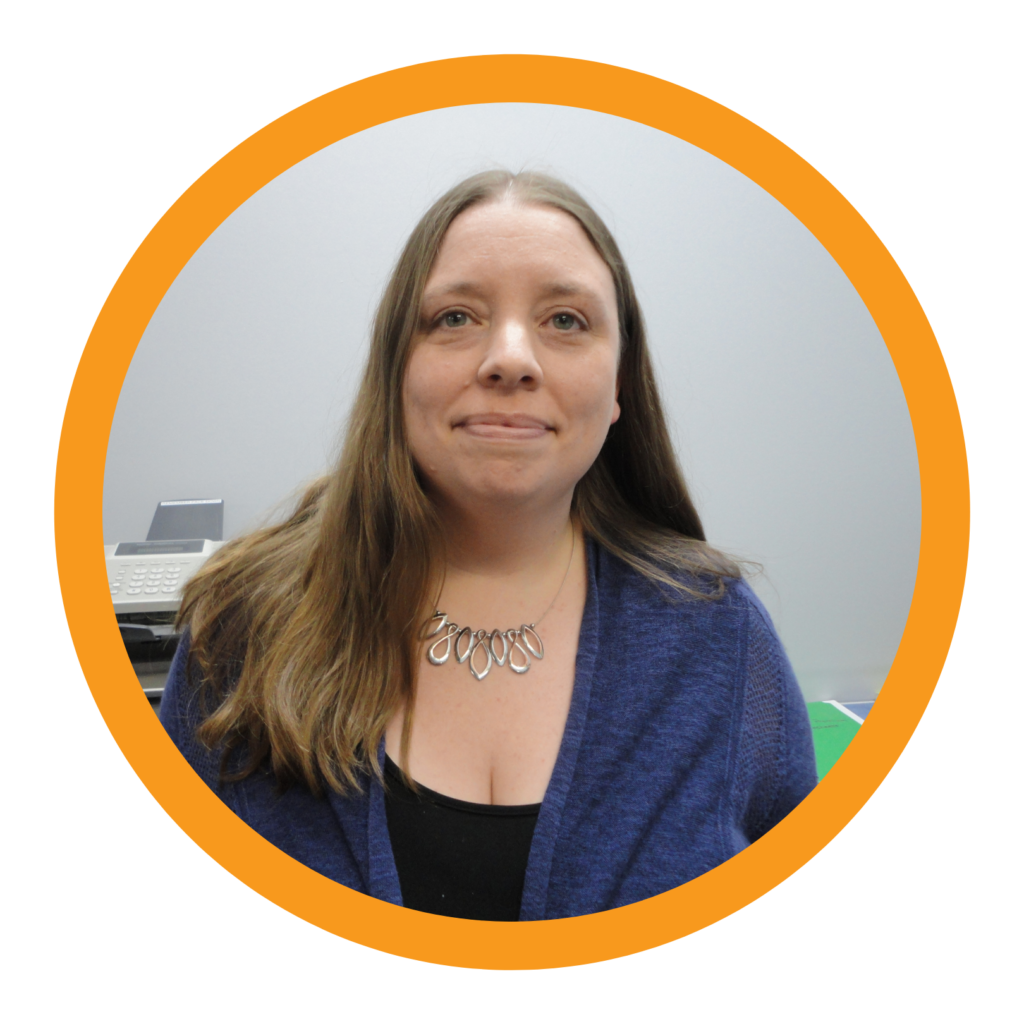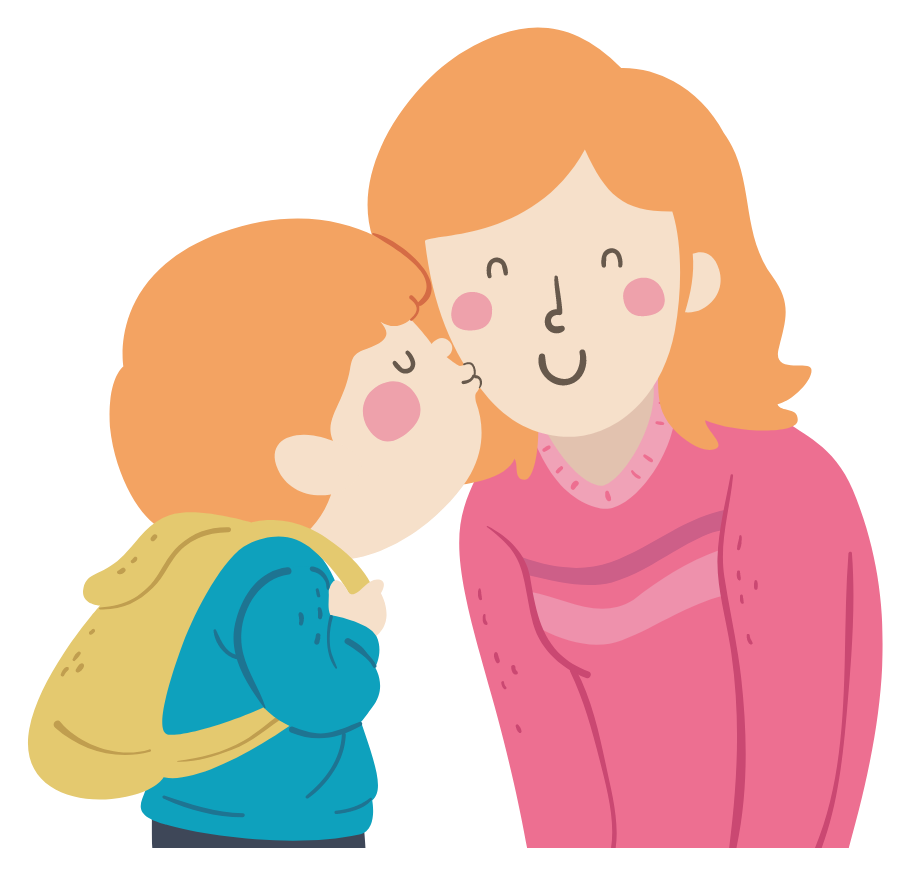During the month of April, we observe Autism Awareness and Acceptance Month to recognize and support individuals living with Autism Spectrum Disorder (ASD). ASD is a neurodevelopmental condition that affects brain development. Children and youth with autism may face challenges with social interactions, have difficulty making eye contact, exhibit repetitive behaviours and experience speech difficulties. Some may be non-verbal, while others may speak occasionally or lose the ability to speak after initially using words.
In recognition of Autism Awareness and Acceptance Month, family members of clients shared their experiences of being caregivers to children with autism.
Kaleb’s Story, written by Kaleb’s mom, Erika
My child’s autism diagnosis hasn’t just changed me, as a single mother, but everyone Kaleb and I are closest to. It has made us much more understanding and patient. Personally, I feel like I am so much stronger as a mother. Kaleb doesn’t just have an autism diagnosis but multiple diagnoses including serious mental health issues, and this has made me become such a strong advocate for him and any child with similar disabilities.
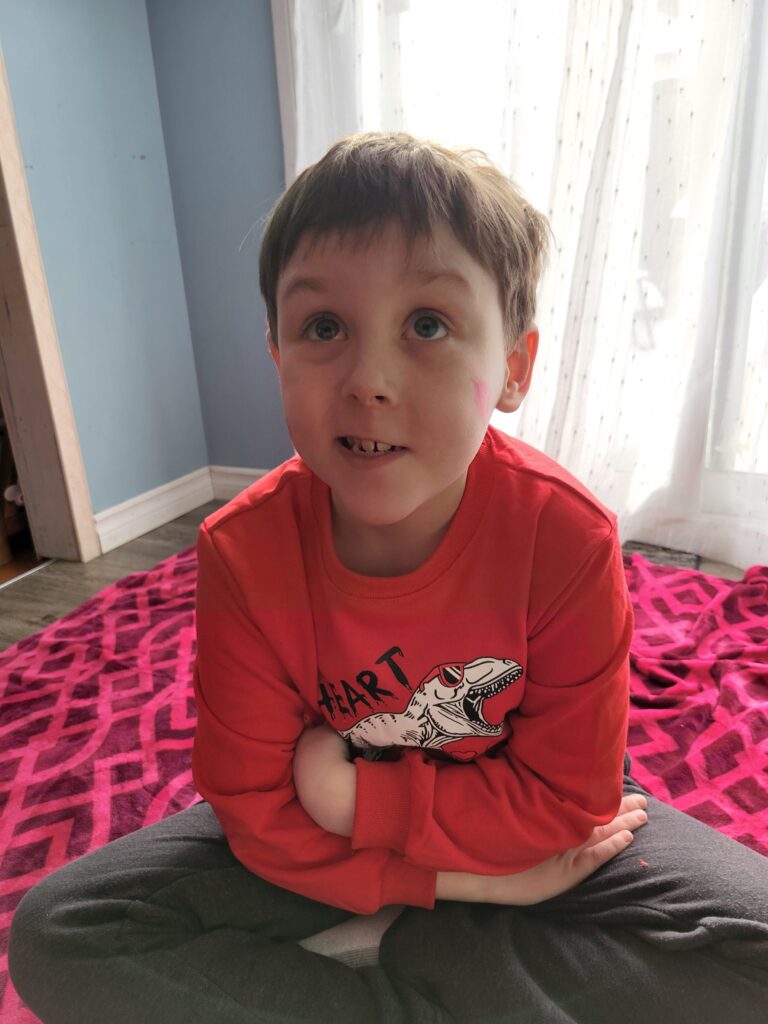
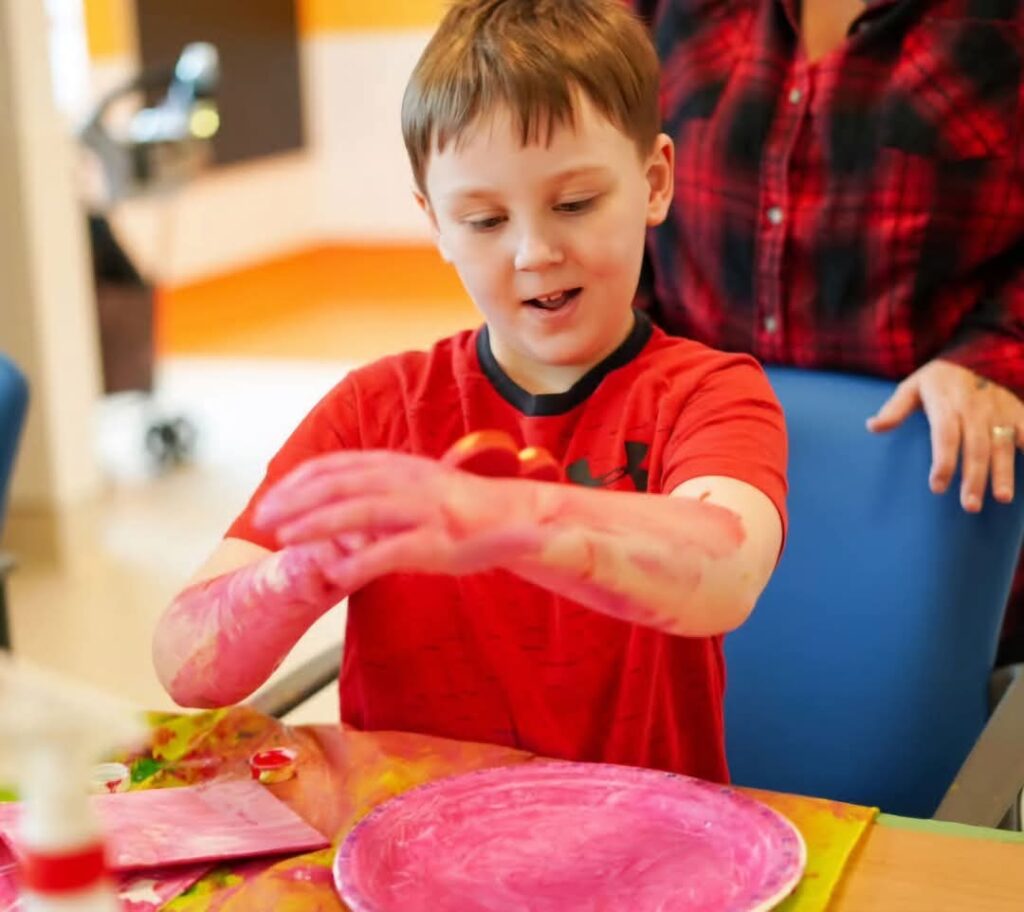
I celebrate autism every day, week, month and year! Autism Awareness and Acceptance Month means the world to me and my family. I am trying very hard every day to make sure Kaleb and every child with autism receive the proper help in school and the community. Sadly, autism is still fairly unknown, so the proper support systems are hard to come by locally. I try as much as possible to join any online groups and fundraisers whenever possible for autism awareness and acceptance.
Logan Story, written by Logan’s mom, Kayla
Logan’s Autism diagnosis flipped our entire world upside down, and in many ways, despite the struggles, for the better. I was on my way to becoming a 9-1-1 telecommunicator and was about to graduate college when it became increasingly obvious he was “peaking.” Our family doctor had pushed for assessments through Grandview Kids from an extraordinarily young age, and at the time, I was ignorant. With his delayed/missed milestones and speech coupled with increasingly intense tics at the age of two, we finally agreed to be assessed and got his diagnosis.
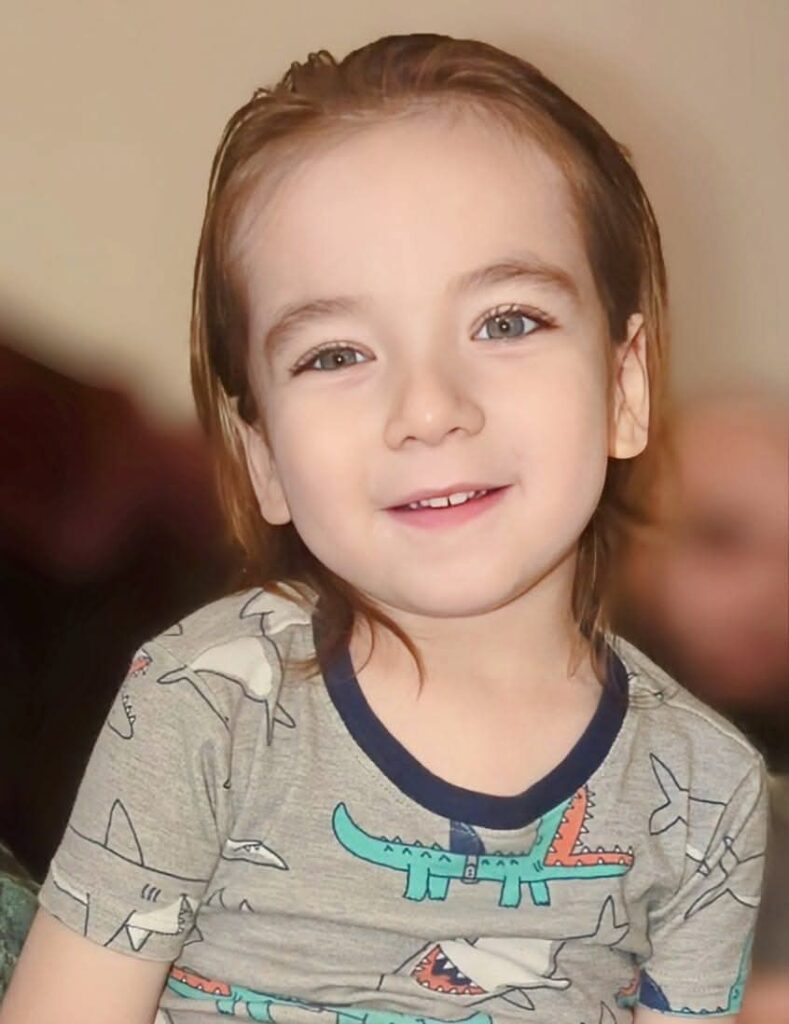
As a family, we have altered our lifestyle, including future and occupational goals, to focus on Logan’s functioning, education, seizures and other medical issues that have come as a result of comorbidity to his Autism. Regardless of the sacrifices and cons, this diagnosis has brought us so much knowledge and resources and provided a community for us to thrive and grow. Logan and I have met the kindest souls through Grandview Kids, including other children on the spectrum and parents navigating this disorder that we can relate to.
We will celebrate Autism Month by sharing posts and stories to spread awareness, wearing our coolest Autism merch and most importantly celebrating Logan’s 6th birthday on April 5th – which always feels like such a fitting month since learning of his Autism Spectrum Disorder (ASD) diagnosis! Double celebration! This month to us is not only about awareness, but supporting the de-stigmatization of Autism as well. I hope that in spreading information and combatting misinformation we can further educate those that do not understand the spectrum and help enlighten parents of neurotypical children on how to teach their youths to be a supportive friend and ally to those with ASD and similar conditions. This month is not only celebratory but promotes education and, in turn, acceptance just by being noted and seen. This month creates a sense of togetherness and opacity in a diagnosis that can often feel lonely and invisible. “To be loved is to be seen” ❤️!!!
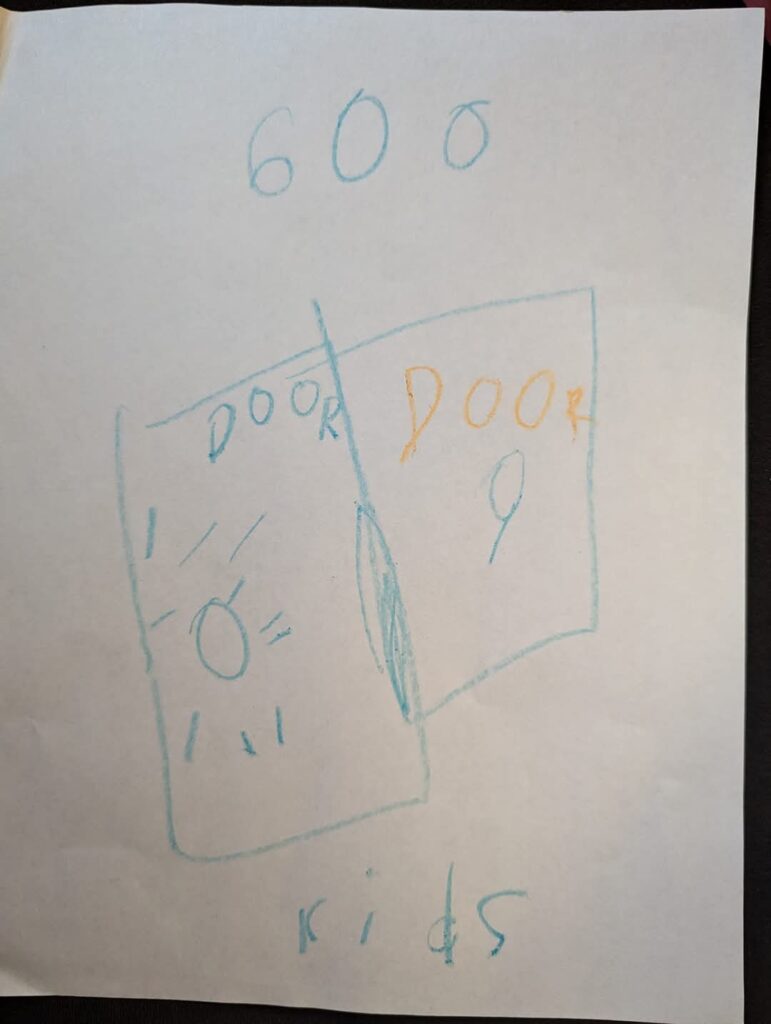
Grandview Kids headquarters.
As an “Autism Mom,” I try my best to spread awareness of the immense talents, abilities and positive traits of my own child and many other individuals on the spectrum. I believe there needs to be more focus on the pros and gifts that come with Autism, without dismissing that there are negative aspects too. I utilize word of mouth and social media to distribute helpful information. I also proudly wear my pins, jewelry and clothing not only to show my pride and support for my son and his community, but knowing someone may ask me about what I’m wearing and open the floor to meaningful discussion.
Molly’s Journey, written by Molly’s mom, Erin
In the first couple of years after our daughter’s diagnosis, we felt overwhelmed and lost, unsure of what the future would hold. But as time went on, we realized that the diagnosis wasn’t the big, bad monster —it was simply a part of who she is. That shift in perspective allowed us to focus on the small wins and everyday joys, appreciating life in a way we had not before. It also pushed me out of my comfort zone. As someone who is naturally shy, I had to learn to speak up, advocate and take things head-on. This journey has changed me in ways I never expected, making me stronger, more present and more grateful for each moment.
For Molly, celebrating Autism and Grandview Kids goes hand in hand. She loves hearing the story of her diagnosis and how she started at Grandview Kids, often looking through old pictures and her communication book to see how far she’s come. It’s a special way for us to reflect on her hard work and progress. We also try to change our outside lights to blue for April—though some years, life gets busy! Last year, Molly took the celebration into her own hands by asking her teacher to share her story with her class on World Autism Day. She even created her own slide deck, explaining her challenges and how Grandview Kids helped her learn to speak. Seeing her take pride in her journey is the best way we celebrate. Watching her stand up and speak for herself was such a proud, full-circle moment.
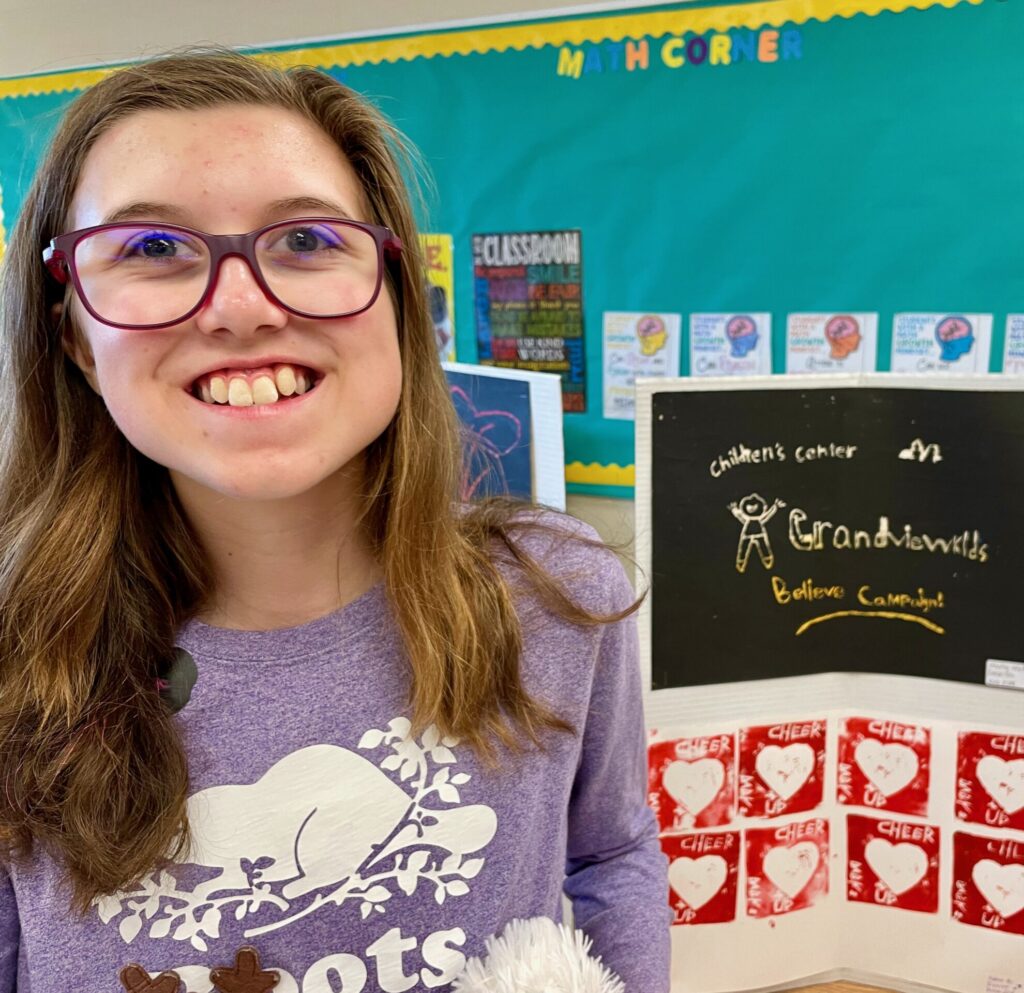
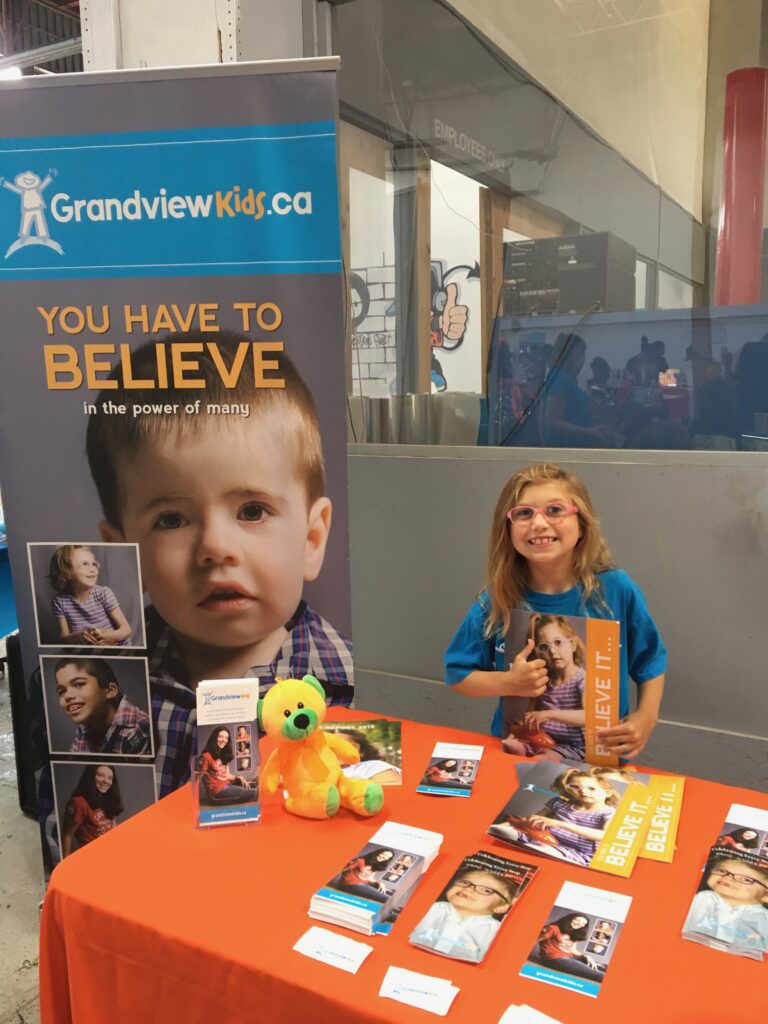
This month is a great reminder to keep awareness and acceptance front and centre. It’s important to keep the conversation going and support efforts that make a real difference. The more we talk about it and help others understand, the more accepting and inclusive the world becomes—not just this month, but all year round.
Like Molly, we focus on supporting Grandview Kids and sharing our story to help spread awareness of how they’ve made a difference in our family’s life. Over the years, we’ve participated in various events, with the most significant being our role as an Ambassador Family for the recently completed Believe Campaign. But awareness and acceptance also happen in the small, everyday moments—by being open and honest with family, friends, colleagues, neighbours and even acquaintances. We love to talk about Molly because she is such a unique, kind and funny person who brings us so much joy. We believe people learn best when they have a personal connection and feel comfortable asking questions, so we embrace those conversations whenever they arise.
Teagan & Logan’s Story, written by Teagan and Logan’s parents, Gregory & Kara
My children’s autism diagnosis has made us realize that as a family, no matter how many challenges life throws at us that we can get through everything if we work together. We are celebrating Autism Awareness and Acceptance Month by making sure that we are actively involved in the autism community through participation in social groups and attending events that cater to children with autism. This month is a chance to showcase all the amazing, unique and inspiring things that our children can do and have accomplished. We encourage our children to be part of groups, events and show people that despite their diagnosis, our children can enjoy and be active members of the community. We also share resources with other families to let them know what is available for their kids and encourage them to join.
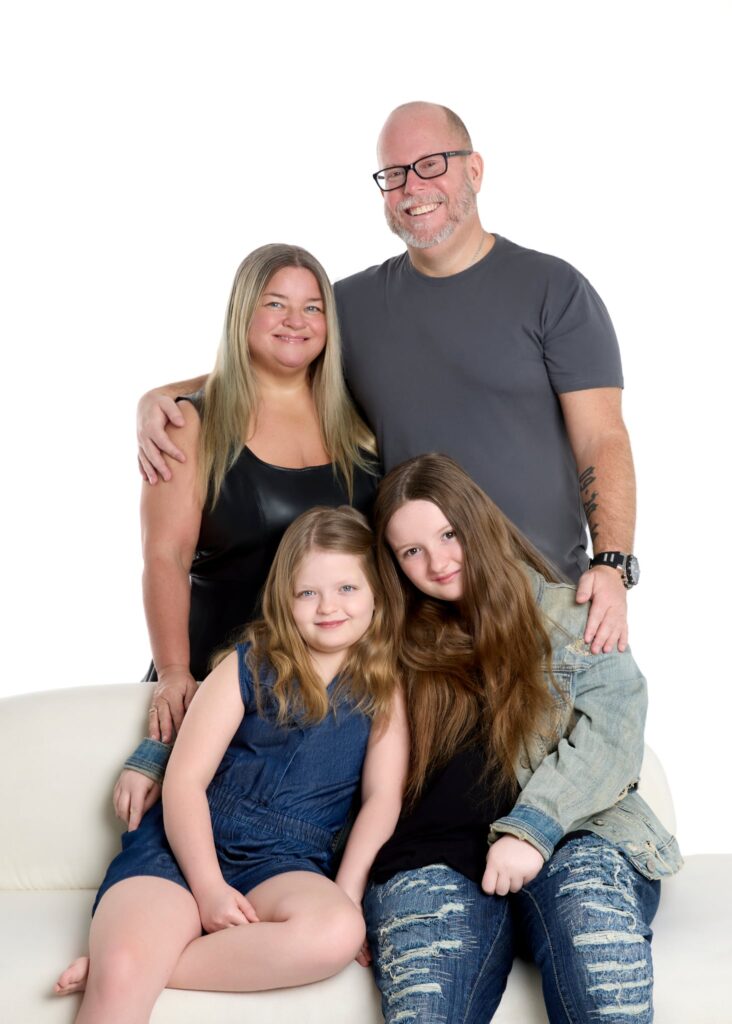
Faith’s Journey, written by Faith’s mom, Sophia
Joining the autism club was not something I signed up for, but wow—what a journey it’s been! My daughter’s diagnosis has completely reshaped who I am, and honestly, I like this newer, better version of me. I have become more patient, kind and much less judgmental, and I am proud of the grace and joy I bring to tough situations now. The challenges? They are very real. But they have taught me to embrace life’s messiness and celebrate every little victory. It’s been a wild ride, and I would not trade the lessons or the love for anything. There is nothing I cannot get through now.
This month, I’m keeping the spirit of awareness and acceptance alive in so many ways. First by celebrating how far we have come as a family with a child on the spectrum. I’m reminding my team at work that it’s Autism Awareness and Acceptance Month and encouraging them to support activities or even join me in donating to amazing organizations like Grandview Kids or Autism Ontario. I’ll be guest-hosting an Autism Awareness Podcast with another family who has a son on the spectrum, which I’m really excited about. I’m also participating in a fundraising walk at Whitby Heydenshore Park. Beyond that, I’m making it a priority to keep the conversations going—sharing resources, stories and simple ways everyone can help create a more inclusive world. Every bit of effort makes a difference!

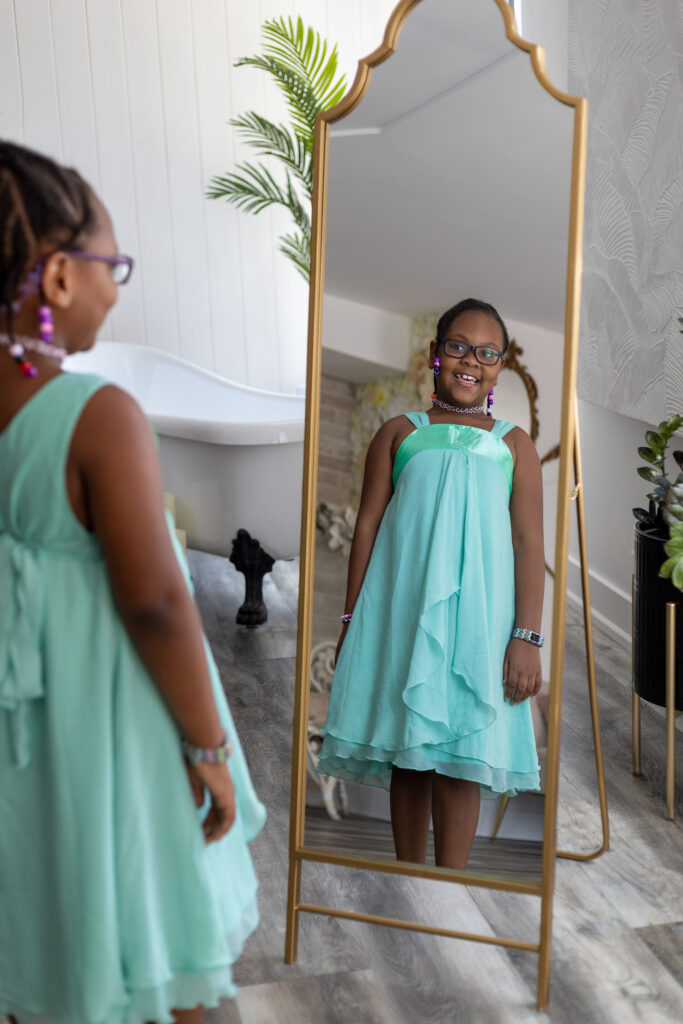
Autism Month is all about celebrating the amazing ways individuals with an autism diagnosis, like my daughter Faith, see and experience the world. It’s a chance to listen, learn and make sure everyone, including her, feels valued, included and safe to be her unique self, no matter how they think or communicate. In my community—like at my daughter’s school, with friends and at church—I use my experience as a mom of a thriving autistic daughter to share helpful tools and resources. This includes sharing programs like the Access 2 Card for participating venues like CNE and Wonderland, Autism Ontario sensory-friendly events, the Sunflower Program for airports and information on OAP funding. I love helping families discover opportunities that make a real difference for our kids and their caregivers.
Éamon’s Story, written by Éamon’s mom, Susan
Our son’s Autism has made us realize that you can never truly understand all that someone else is going through. He has helped us see the world in different and positive ways. The community that our son has built around himself just by virtue of his diagnosis has astounded us in their capacity for caring, understanding and support. Despite the stereotypes associated with being “different,” our son shows us every day not to underestimate his abilities.
